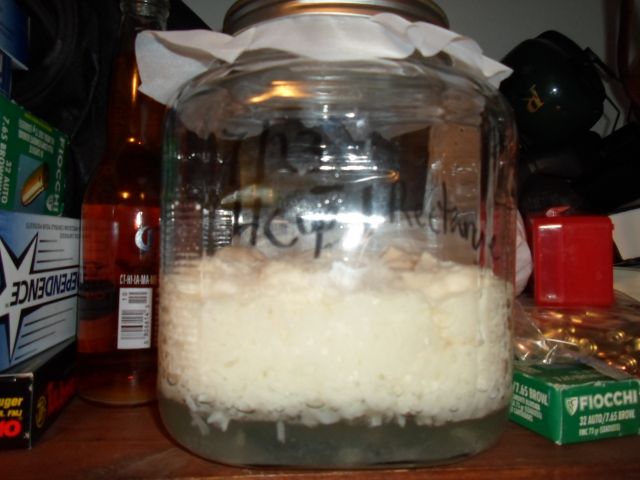I'm with you on the VN balls. I snuck a "taste" of each of my identical-except-for-yeast batches and the VN is WAY more drinkable than the Chinese. The VN one will go quick when it's done.
Yeah, it has just been so much cleaner tasting. I picked a few more packages yesterday. I did find both types of VN yeast, big and small. Both packaged by the same company, just one is red lettering and one is blue. All of my experience has been with the blue small VN yeast. If anything, I would say I have been under pitching and have had good results. The only thing I use the Chinese yeast for is if I flavor the wine as the wine by itself is a little harsh. I do not think I have tried the RYR and VN yeast yet. That will be on my list next.





